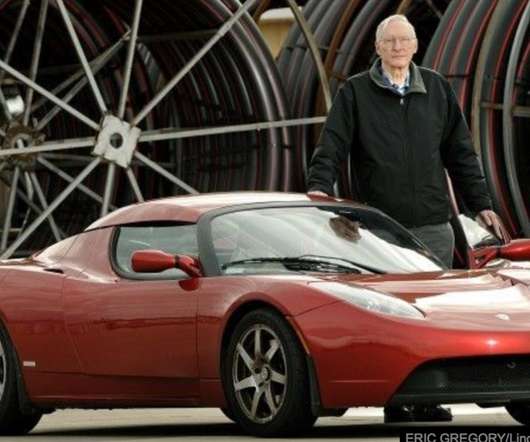Worldwatch Institute study expects number of countries running high-speed rail nearly to double by 2014
Green Car Congress
NOVEMBER 10, 2011
A 2006 study, High Speed Rail and Greenhouse Gas Emissions in the US , released by the Center for Neighborhood Technologies, found that HSR lines in Europe and Japan released 30-70 grams of carbon dioxide per passenger-kilometer, versus 150 grams for automobiles and 170 grams for airplanes. The rise in HSR has been very rapid.












Let's personalize your content